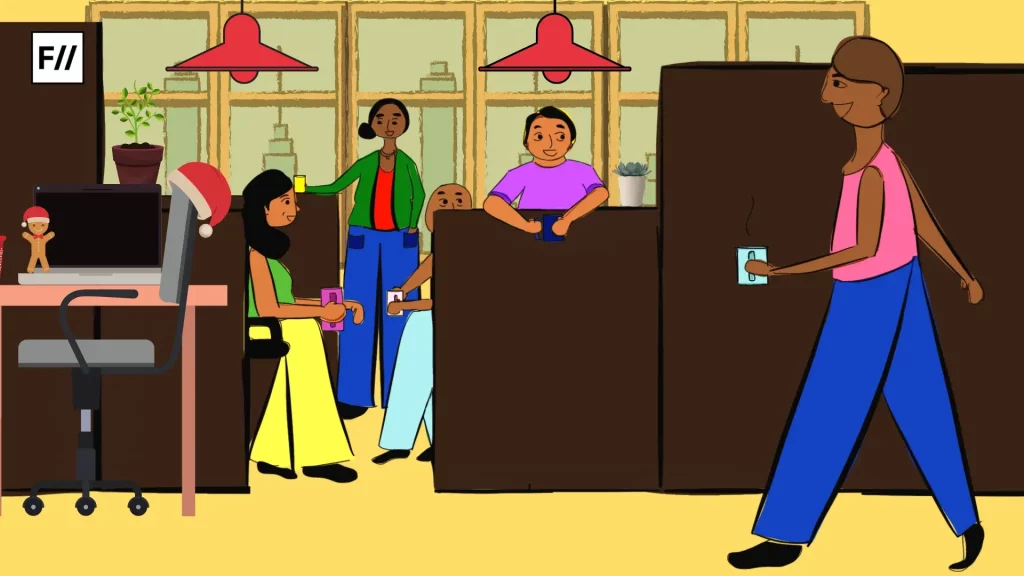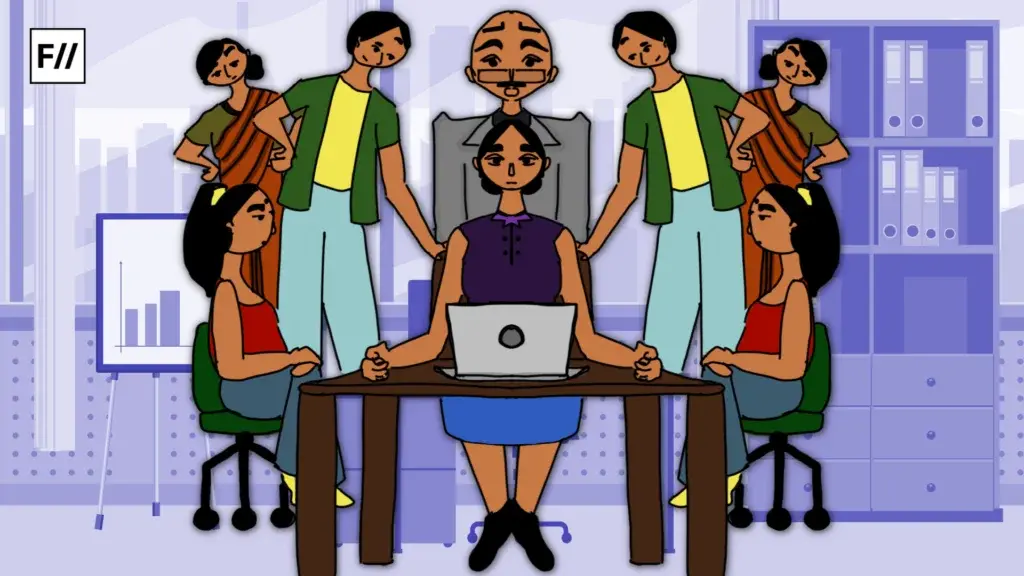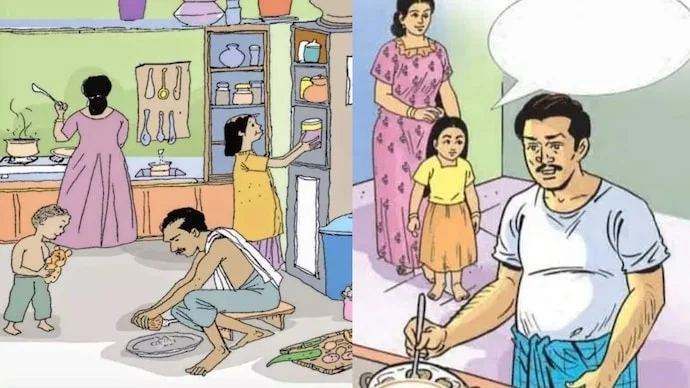India will take 5 generations to close the gender Pay Gap in India, screams the news headlines across the country. The recently released Global Gender Gap Index by the World Economic Forum starkly reminded us that Indian women earn only Rs 40 for every Rs 100 earned by men. India is now ranked 129th out of 146 countries in the index, behind Bangladesh, Nepal, Sri Lanka and Bhutan in South Asia, just marginally ahead of Pakistan.

Simply put, the gender pay gap is when women are paid less for the same work as compared to their male colleagues, more specifically it is the difference in earnings between men and women engaged in similar work. It is important to close this gap if we are to see true social justice for women.
Steps taken by India so far to bridge the gender pay gap
India has taken quite a few initiatives towards bringing in some semblance of pay parity. It was among the first countries to have enacted the Minimum Wages Act in 1948, just after gaining independence, and this legislation was followed by bringing in the Equal Remuneration Act in 1976.
India has taken quite a few initiatives towards bringing in some semblance of pay parity.
The Indian Government has, through schemes like Mahatma Gandhi National Rural Employment Guarantee Act in 2005 which benefited rural women workers and in 2017 and with the amended Maternity Benefit Act of 1961 which increased the ‘maternity leave with pay protection’ from 12 weeks to 26 weeks for all women working in establishments employing 10 or more workers, shown that it is working towards bring in pay parity, however a lot more needs to be done to reduce the pay gap.
Insights from Nobel laureate and economist Claudia Goldin’s research on gender pay gap
Noted American Economist Claudia Goldin won the Nobel Prize in 2023 for her work around deeper understanding of the women’s labour market outcomes by studying the evolution of women’s participation in the job market that throws light on the potential implications for the future of the labour force.
She is the third woman to have won the prize in Economics, also the first to win it solo. Her research is important from a couple of perspective because she has centered the role of women in the economy as her core area of research.
Often economists do not dwell too much and in fact downplay the role of women’s unpaid labour work, but Goldin chose to focus her career examining what impacts the gender cap in the labour market and what can be done to make it better by researching through the archives of about 200 years of the United States to establish the manner and reasons behind gender differences in earnings and employment rates.
If we were to take a leaf out of Goldin’s work, what India truly needs is “couple equity”, where domestic household work and child rearing assumes a shared responsibility among couples.
Her research shows that irrespective of the great strides made over the world through modernisation, economic growth and more women engaged in employment, the 20th century witnessed the same earnings gap between women and men.
What India could learn from Goldin’s work
If we were to take a leaf out of Goldin’s work, what India truly needs is “couple equity”, where domestic household work and child rearing assumes a shared responsibility among couples. In her research Goldin termed certain jobs as ‘greedy jobs’ because these jobs offered more money for long hours, which meant that such jobs implicitly make the workers focus on either their family or career.

In a recent research study published in the Journal of Family and Economic issues conducted by the International Institute for Population Sciences (IIPS) and Tata Institute of Social Sciences (TISS), it was shared that Indian women spend ten times more time on unpaid domestic and care work than men.
This data amply proves that there needs to be a change that happens inside of homes. Goldin’s research focuses on the ‘motherhood penalty’ by throwing a harsh light on the challenges that women face typically after childbirth, starting with career interruptions, maternity leave or reduced work hours to care for children, which could typically impact wages of women.
Her research is not focused on gender pay gap on the employer’s side, rather she focuses on ensuring there are strong support systems that prevent wage gap.
Her research is not focused on gender pay gap on the employer’s side, rather she focuses on ensuring there are strong support systems that prevent wage gap. Couple equity cannot happen by solely creating more crèches and day care facilities, it calls for a mindset shift in the way we see gender roles play out in our homes and in society, at large. It calls for a new way to look at how gender roles have been defined for us.
The image of a father grating coconut depicted in a Kerala school textbook garnered so much of attention because it defied how kitchens typically look across households in India!
Pay parity can be a reality when we all accept that there needs to be equal division of unpaid caregiving along with equal responsibility of household labour among couples to achieve true couple equity that works for everyone.
About the author(s)
Dr Varsha Pillai has close to 2 decades of experience in the media and communications domains in the for-profit and development sectors. A specialist in media advocacy and public policy advocacy initiatives, Dr Pillai was a NFAI (National Film Archives of India) research fellow in 2009, followed by a NUFFIC Fellow in 2017 and in 2019 she was selected among 10 young leaders globally for the Winterschool for Thinktankers in Geneva as part of the Think Tank Initiative Fellowship. More recently in August 2022, Dr Pillai was selected as a Changemaker by Change.Org India 2022. She has completed her PhD on Gender Advocacy in Digital Media in India from Symbiosis International University and presently heads the narrative building and communications at Dream a Dream, a not for profit based India.







With every report you read, ask the publishers few questions.
Do they take into account that men on average work more number of hours?
Do they take into account women get paid leaves?
Do they take into account that men perform riskier and more isolated jobs.
When they compare the salaries of two individuals, do they also compare individuals with same number of years of service in that organization, the same job experience, and the same educational qualifications and similar work ethics.
Also you should take to account that men pay higher taxes.
You probably don’t know about what do blue collar jobs women perform. I will give you the example of my father. He used to work in a PSU as a senior technician (joined as junior). In his department there were 3 male officers, 5 female senior technician 12 male senior technician and 30 male junior technician. The entire work of the female technicians were to arrange parties and get togethers. The officers used to work 8 hours for 5 days a week. The male technicians used to work 8 hours for 6 days a week with off-day rotating policy. The female technicians used to work 8 hours with six hour leave policy for 5 days a week with rotating off day policy. The junior technicians had to carry oxygen 35 pound liquid oxygen pipes to spray it over molten iron 1200°C while hanging from a crane so that the carbon reacts with the oxygen and escapes the furnace as the iron turns to steel. I have seen my father covered in black carbon and shining silica dust. The women were provided A/C room halls to sleep during night shifts. Seen my father sleeping on my lap after he came back from a night shift. He still has problem breathing in tight spaces (like staircases). AND FUNNILY ENOUGH THEY USED TO RECEIVE THE SAME SALARY WHERE MY FATHER HAD TO PAY MORE TAX. It was until the unions protested after 3 men died in a year, they were forced to provide an A/C room for male employees and upgrade the old Soviet tech furnace and those risky jobs became automated. It was only a thought until I became a PWD engineer in WB, and saw my female co-workers sitting under trees while I had stand at 42°C watching the workers build a LPG gas pipeline for hours, I became sure of what I believed.